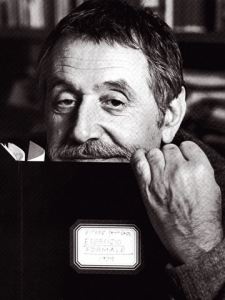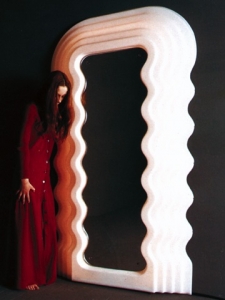On the last day of last year, the great Italian architect and designer Ettore Sottsass passed away. His life, which began in Innsbruck almost a century ago in 1917, and career alike were distinguished by a remarkable ability to dialogue with different cultures, from the industrial – dealing with companies like Olivetti and Alessi – to the artisan, while nurturing his own yearning to explore, experiment and discover meaning.
This led him to move in very different circles and cultivate widely dissimilar relationships and cultures: from the ‘school’ of art and painting under Luigi Spazzapan to frequenting the American beat generation – through his special rapport with Nanda Pivano – and from his experiences in the East to the creation of a cultural and conceptual melting pot around the Memphis group.
In the early 1980s, this revolutionary reality brought designers from all over the world to Italy to experience it for themselves.
After his initial venture into the US – in 1956 he went to New York to work in the studio of designer George Nelson – Sottsass returned to Italy and embarked on a long and significant relationship with Olivetti as consultant-head of the business machine division. The first result of this was the Elea 9003, the first Italian computer, which was followed by a succession of countless other machines, including the Praxis, Tekne and Valentine (the famous red typewriter with stunning pop art styling). In addition to machines, however, he was also responsible for the design of numerous office furniture systems.
Simultaneously, he also pursued his research into ceramics, which he decorated with colours and forms drawn from his travels and encounters with other cultures. Sottsass pioneered a change in direction toward a new language outside the elegance of conventional beautiful design and the formal composure of tradition, with suggestions of travel, civilisation and references brought from the street into design itself.
The article continues in Auto & Design no. 169













